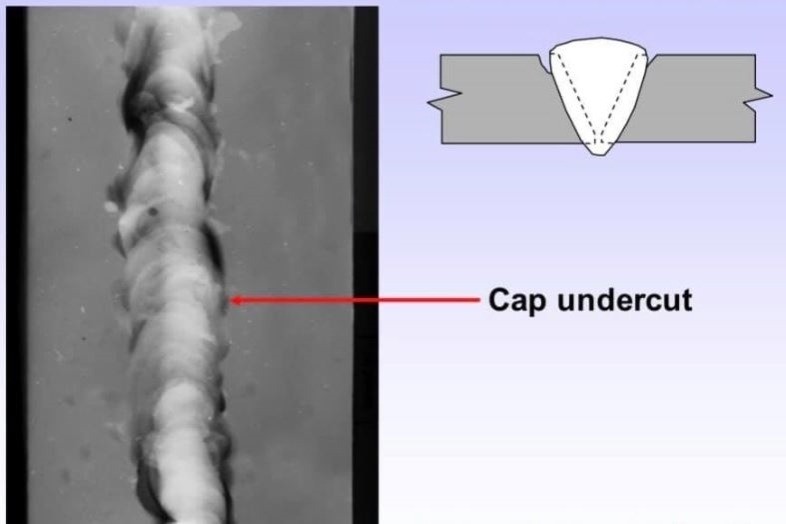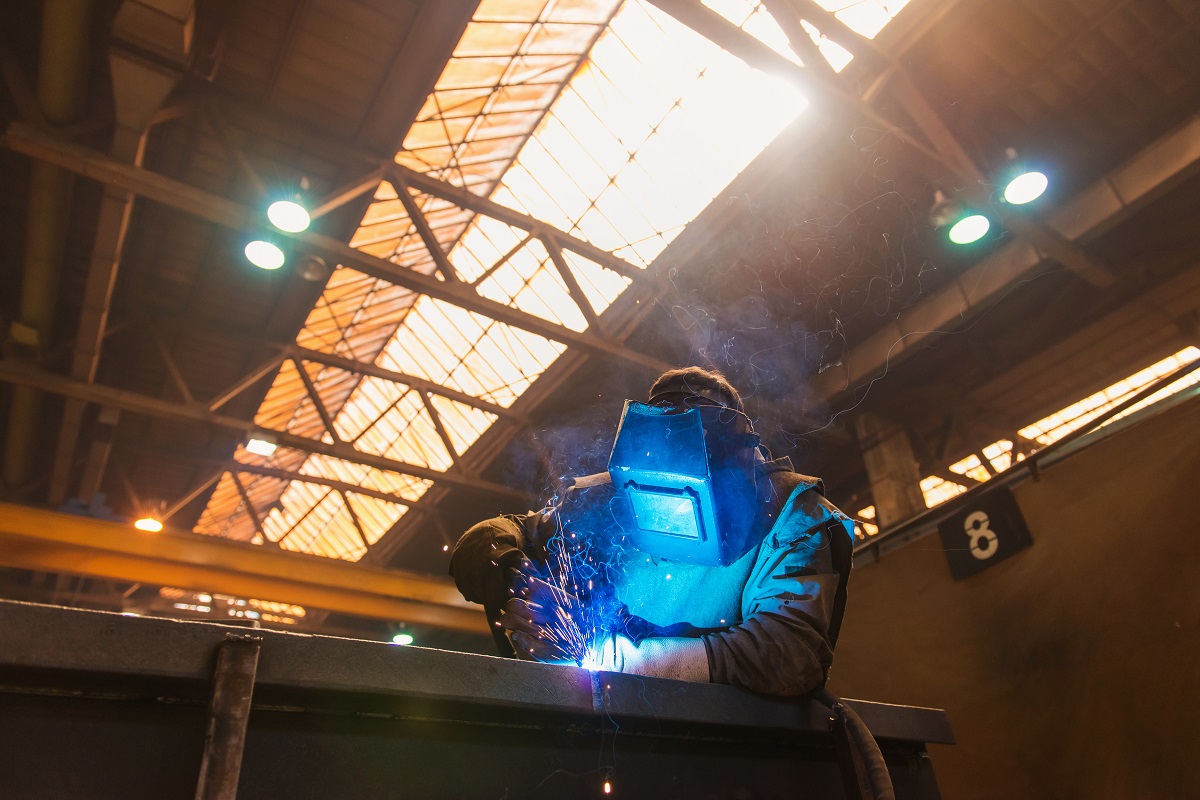Grasping the Art of Welding: Just How to Prevent Undercut Welding Issues for Flawless Construction Outcomes
By comprehending the root causes of undercut welding and applying reliable methods to avoid it, welders can raise their craft to new levels of quality. In the pursuit of perfect manufacture results, mastering the art of welding to avoid undercut issues is not just an ability however a necessity for those making every effort for perfection in their job.
Comprehending Undercut Welding

To avoid undercut welding, welders need to guarantee appropriate welding criteria, such as readjusting the current, voltage, traveling rate, and maintaining the appropriate electrode angle. Furthermore, utilizing the proper welding method for the details joint setup is essential. Using weaving activities or backstepping techniques can help ensure proper weld metal deposition and decrease the probability of undercut formation. Routine evaluation of welds during and after the welding procedure is likewise critical to catch any kind of undercut very early and make necessary modifications to prevent more problems. Preventing weld undercut. By understanding the causes of undercut welding and implementing safety nets, welders can attain top notch, structurally sound welds.
Root Causes Of Undercut in Welding
Recognizing the elements that add to undercut in welding is necessary for welders to create high-quality, structurally audio welds. When the weld metal does not properly fill up the groove created in between the base metal and the previously transferred weld steel, undercutting happens. Numerous variables can result in damage in welding. One usual reason is extreme heat input. Welding at high temperatures for extensive periods can cause the base metal melting greater than preferred, causing damage. Insufficient welding wrong or existing welding rate can likewise contribute to undercut. Inadequate current may not supply enough warm to melt the base and filler steels properly, while excessive rate can protect against proper fusion, causing undercut. Additionally, incorrect electrode angles or incorrect torch manipulation techniques can produce locations of low weld steel deposition, promoting undercut. Recognizing these causes and carrying out proper welding methods can help prevent damaging concerns, making sure solid and sturdy welds.
Techniques to stop Undercutting

To mitigate the danger of damaging in welding, welders can employ calculated welding methods focused on improving the top quality and honesty of the weld joints. One efficient approach is to adjust the welding criteria, such as voltage, present, and take a trip rate, to guarantee proper warm input and deposition. Keeping a suitable electrode angle and guaranteeing consistent traveling speed can likewise assist stop undercut. Additionally, utilizing the correct welding method for the specific joint configuration, such as weave or stringer grains, can contribute to reducing damaging. Preventing weld undercut.
Utilizing back-step welding strategies and controlling the weld grain account can also assist distribute warmth uniformly and minimize the danger of undercut. Normal evaluation of the weld joint during and after welding, as well as implementing high quality assurance procedures, can aid in attending to and finding damaging concerns immediately.
Importance of Appropriate Welding Parameters
Choosing and keeping proper welding criteria is important for accomplishing successful welds with marginal flaws. Welding parameters refer to variables such as voltage, present, travel speed, electrode angle, and protecting gas circulation additional info rate that straight influence the welding process. These parameters have to be carefully changed based upon the kind of material being welded, its density, and the welding technique utilized.
Appropriate welding parameters ensure the correct amount of warmth is used to thaw the base steels and filler product evenly. If the criteria are established too expensive, it can lead to extreme heat input, creating distortion, spatter, or burn-through. On the other hand, if the specifications are too reduced, insufficient combination, absence of infiltration, or undercutting might happen.
Quality Control in Welding Procedures

Verdict
In final thought, mastering the art of welding requires a complete understanding of undercut welding, its causes, and methods to stop it. By making certain appropriate welding parameters and applying high quality assurance practices, perfect fabrication outcomes can be achieved. It is essential for welders to consistently pursue excellence in their welding operations to prevent undercut concerns and produce premium welds.
Undercut welding, a typical defect in welding procedures, occurs when the weld steel doesn't properly fill up the groove and leaves a groove or clinical depression along the bonded joint.To protect against undercut welding, welders need to make certain correct welding criteria, such as changing the present, voltage, travel speed, and keeping the right electrode angle. Inadequate welding wrong or current welding speed can also contribute to right here undercut.To mitigate the danger of undercutting in welding, welders can utilize strategic welding methods aimed at enhancing the quality and honesty of the weld joints.In conclusion, understanding the art of welding needs a complete understanding of undercut welding, its causes, and strategies to avoid it.